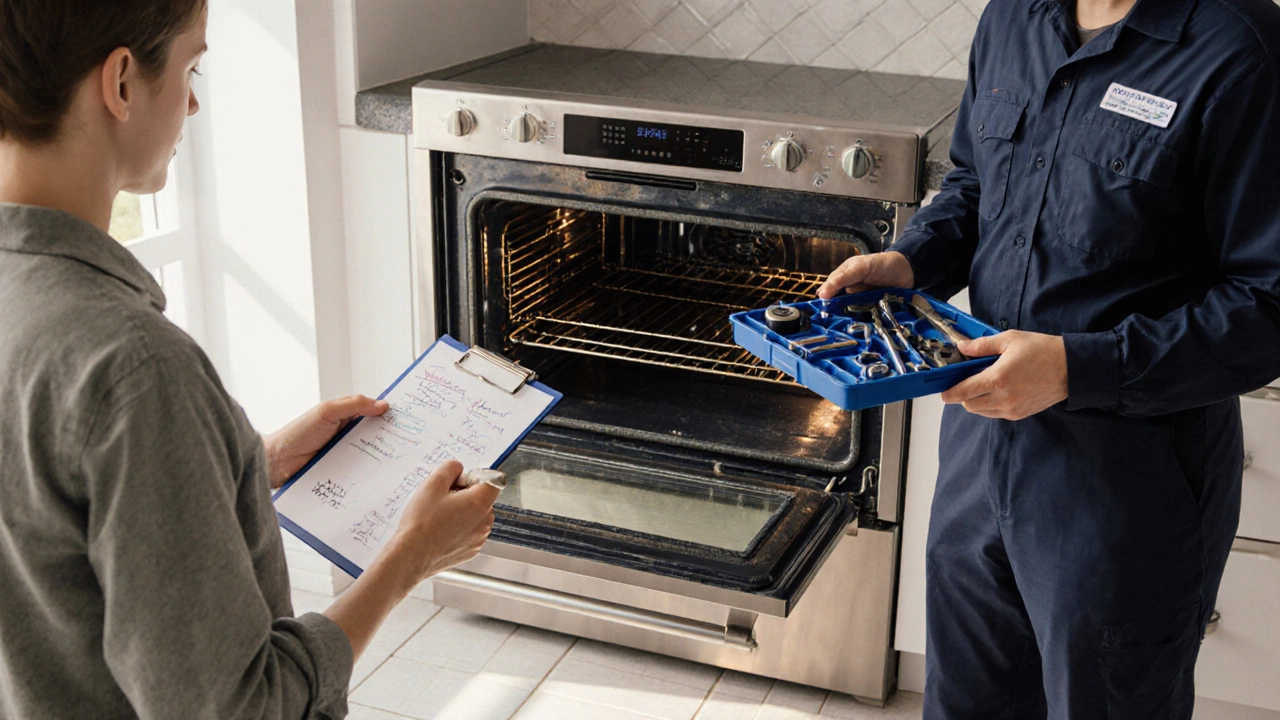Kitchen Appliance Cost: What You Need to Know
When budgeting for Kitchen Appliance Cost, the total expense of buying, repairing, or maintaining common home kitchen machines. Also known as appliance expense, it helps homeowners decide whether to fix a faulty unit or replace it with a newer model.
Key Factors That Shape Your Kitchen Appliance Budget
One of the biggest drivers of kitchen appliance cost is the price of Oven Repair Cost, the labor and parts needed to restore a broken oven. Typical faults include heating element failures or control board glitches, and the repair price can range from a modest fee for a simple fuse swap to a higher amount for electronic replacements. Kitchen Appliance Cost encompasses both the upfront purchase price and ongoing repair expenses, so understanding the typical repair bill is essential before choosing a new oven.
Another common expense is the Microwave Repair Cost, the cost to replace parts like fuses, magnetrons, or door switches. A broken fuse might cost only a few pounds in parts plus labor, while a faulty magnetron can push the bill much higher. When you compare the repair price to the cost of a brand‑new microwave, the decision often hinges on how long you expect the unit to last after the fix. Here, Repair decisions require cost comparison—a core semantic relationship that guides homeowners toward the most economical outcome.
Beyond individual repair bills, the overall lifespan of each appliance heavily influences the total kitchen budget. For example, the Dishwasher Lifespan, the average number of years a dishwasher remains functional before major repairs or replacement are needed, typically sits between eight and twelve years depending on usage and maintenance. Extending that lifespan with regular cleaning and timely part swaps can spread out the cost, making the appliance lifespan a crucial factor in long‑term budgeting.
While not a kitchen‑specific item, the Water Heater Repair Cost, the expense of fixing common water heater issues like heating elements or thermostat failures, often appears in the same budgeting conversation because homeowners treat it as part of overall home utility expenses. A faulty water heater can drive up energy bills and cause inconvenience, so its repair cost frequently gets weighed against the cost of a new, more efficient model. This demonstrates a semantic link: Appliance lifespan influences overall kitchen expense, as energy‑intensive units affect the total cost of running a household.
Putting these pieces together, you can see how Kitchen Appliance Cost is not a single number but a web of interrelated expenses: repair fees, part prices, lifespan expectations, and energy consumption. By mapping out the typical costs for ovens, microwaves, dishwashers, and even water heaters, you create a clear picture of where money goes and where savings can be found. This framework helps you avoid surprise bills and make confident choices about fixing versus replacing.
Below you’ll find a curated set of articles that break down each of these cost categories in detail, offer DIY checks, and give you the numbers you need to decide what’s worth fixing and what’s better off as a new purchase. Dive in to get the practical insights that will keep your kitchen running smoothly without blowing your budget.

Oven Repair vs Replacement: Which Is Cheaper?
Find out whether fixing your oven or buying a new one saves you more money. Get cost breakdowns, decision tips, and a handy repair vs replace comparison.